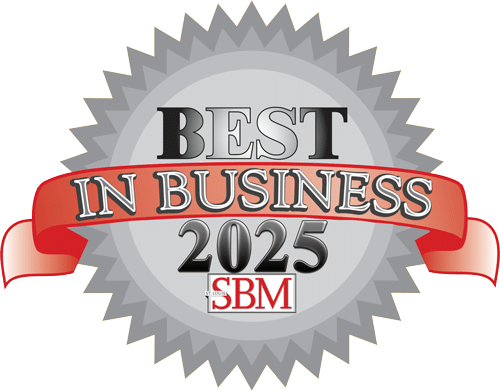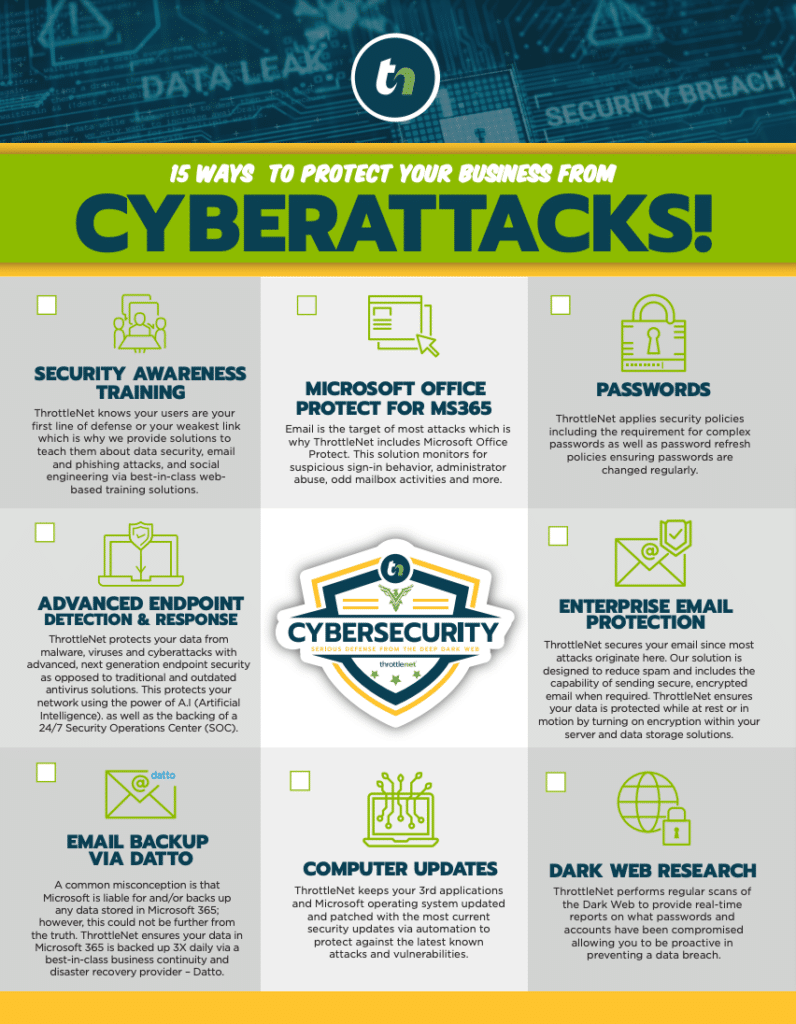The Rising Popularity of Outsourced Small Business IT Support
In the rapidly evolving digital landscape, small business IT support has become increasingly popular across the United States. With growing reliance on technology, small businesses face myriad cybersecurity challenges that can disrupt operations and impact growth. Current statistics underscore the crucial role of IT support in protecting these enterprises from cyber threats and ensuring their technology aligns with business goals.

Small Business IT Support Trends in 2023
As of 2023, a significant number of U.S. small businesses are embracing managed IT services to enhance their cybersecurity and operational efficiency. A recent survey revealed that 42% of small business owners prefer to outsource their IT needs, recognizing the value in cost savings and cybersecurity protection. This trend reflects a growing awareness among small business owners of the importance of robust IT support to navigate the increasingly complex digital landscape.
The Verizon 2024 Data Breach Investigation Report states that there is a significant rise in cyber attacks exploiting vulnerabilities, nearly tripling in occurrence from the previous year, heavily utilized by ransomware and extortion-focused threat actors. These attacks predominantly exploited web applications. About one-third of all breaches involved ransomware, with a notable increase in pure extortion attacks. Additionally, the report highlights a growing trend in breaches involving third-party and software supply chain vulnerabilities, which now account for 15% of all breaches. Phishing remains prevalent, with a shocking finding that users typically fall for phishing emails in less than 60 seconds. The importance of selecting vendors with robust security measures to mitigate these risks is emphasized.
Evolution of Managed Service Providers
Managed Service Certified Partners (MSPs) for IT began to gain prominence in the 1990s, a period marked by significant advancements in network management and the broadening of internet usage. Initially focused on remote monitoring and management of servers and networks, MSPs have since expanded their services to include a wide range of IT and cloud services, evolving with technological advancements and the growing complexity of IT environments.
During the 2000s and 2010s was characterized by significant technological advancements and a shift in business operations to more outsourced small business IT support. Companies had more digitally-focused strategies, prompting many small and medium-sized businesses to outsource their small business IT support. MSPs adapted by expanding their service offerings beyond traditional setups to include managed security, cloud services, and comprehensive IT solutions, helping businesses manage their increasing technological complexities efficiently and cost-effectively.
The evolution of MSPs during this period also reflected in their market statistics, showing robust annual growth rates and a broader adoption across industries, including those previously underserved by advanced IT solutions. The trend was particularly pronounced among small business IT support changes. Businesses found MSPs a viable solution to access advanced IT capabilities without the heavy investments required for in-house operations. As MSPs continued to evolve, they began to play a crucial role as strategic partners for small business IT support. They were not just service providers, offering value-added services such as strategic consulting to align IT operations with business goals, further solidifying their importance in the global market.
Beyond Fixing Issues: Proactive IT Management
Small business IT support is not just about fixing technical issues but also involves proactive management of IT infrastructure. This includes regular updates, cybersecurity measures, data management, and strategic IT consulting to enhance operational efficiency. Statistics clearly show that effective IT support can significantly influence the survival and growth of small businesses.
Enabling Digital Transformation
The trend towards digital transformation has made IT support an integral part of business strategy. Small businesses increasingly rely on IT support to manage the complexities of integrating new technologies, such as cloud computing and AI, into their operations. This support is crucial not only for operational continuity but also for gaining a competitive edge in a market where technological agility can determine business success.
NIST’s Enhanced Outreach to Small Businesses
Recognizing the vital role small businesses play in the economy, NIST has significantly ramped up its outreach efforts. The expansion is part of a response to the NIST Small Business Cybersecurity Act, aiming to equip small businesses with the necessary resources to bolster their cybersecurity. This initiative offers a variety of tools, including videos and planning guides, designed specifically to help small enterprises navigate, assess, and mitigate their cybersecurity risks effectively. This commitment reflects an understanding of the disproportionate threats small businesses face in the digital realm and NIST’s role in fostering a safer business environment for them.



